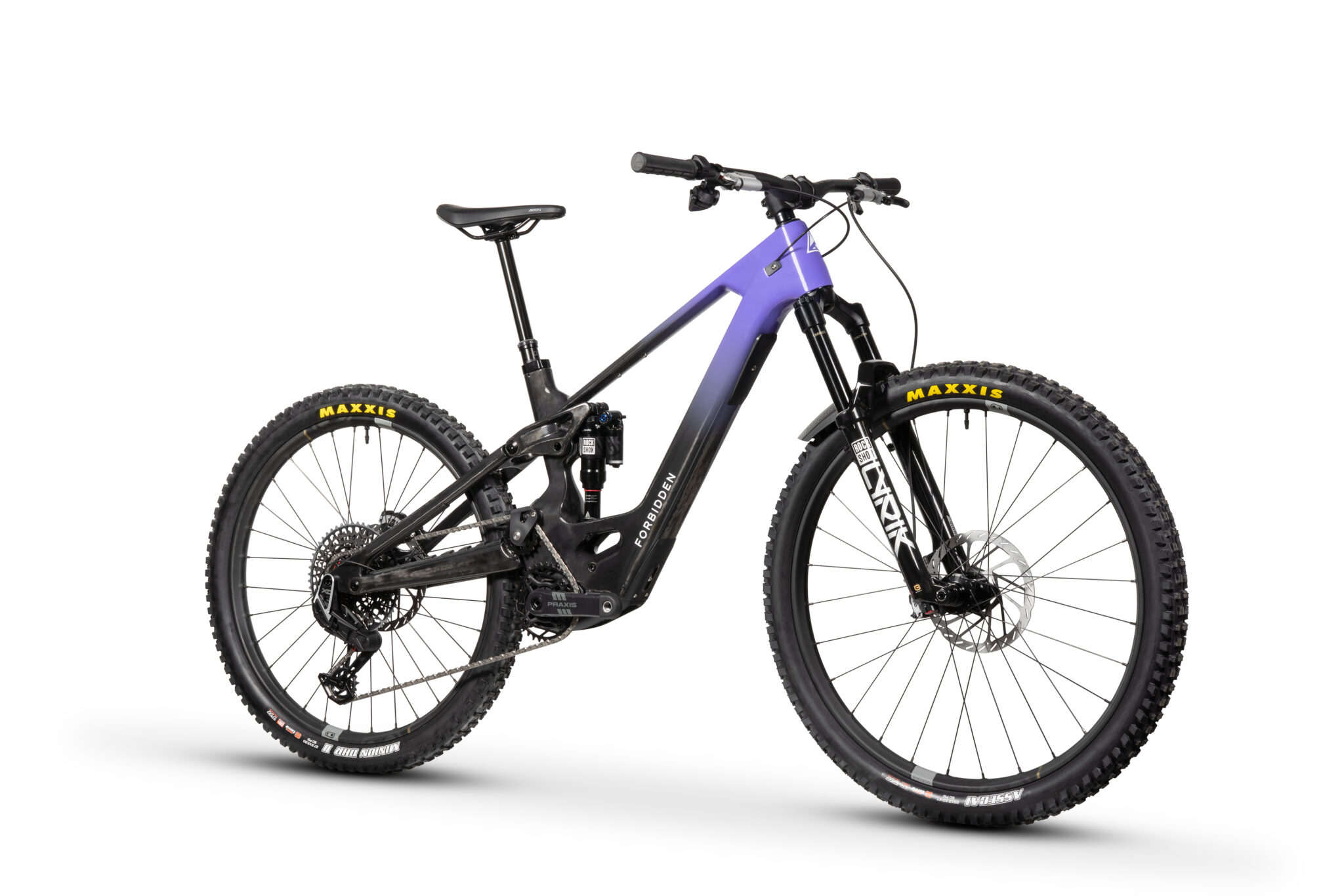Santa Cruz 5010 C: the Fox EVOL upgrade
The Fox EVOL air can is being heralded as the number one suspension upgrade you can make to your bike. So we got suspension guru Aiden Lefmann to do back to back rides with one on our Santa Cruz 5010 C test bike.
The plan for the days ride was to further understand the riding characteristics of the Fox EVOL air can, and how it performs over the stock standard air can featured on the Santa Cruz 5010 C test bike. Whilst the shock on the test bike was certainly a high performer in its standard configuration, there were times where I just feel it could be better. For me, there’s that undeniable feeling that a certain degree of force is required to truly initiate the travel, and it’s ability to react to general trail undulations and small bumps could be better. Don’t get me wrong, the capability of the stock standard Float is right up there, but its reaction time is a little slow and feels like it lacks compliance, especially when you’re ‘going for it’ out of the saddle and you want your wheels glued to the ground. Then there’s the bigger hits where this relatively stock standard Float shock delivers, and delivers well time after time, hit after hit, perfect for the 130mm trail bike it resides. Smiles all round for the mornings session.
 The Fox Float CTD as we know it.
The Fox Float CTD as we know it.So after a mid ride air can swap over, we were off again to somewhat replicate the first half of the mornings ride, but this time with the EVOL air can fitted to our Float shock. Firstly, the EVOL air can will require approx 20-30% more pressure over the standard air can to reach the same amount of sag. For me to achieve 25% sag, the pressure used in the standard air can was 162psi, and so in the EVOL i ended up pumping it up to 199psi and my sag was spot on at 25%. (see the setup guide below)

 More air pressure is required on the EVOL.
More air pressure is required on the EVOL.Into the first climb I had the shock in ‘trail’ mode. The first thing I noticed was the increased sensitivity of the rear wheel – to anything! Yes I will admit there is some pedalling induced ‘bob’ that wasn’t as noticeable earlier, however this is quickly over-ruled by the confidence inspiring suppleness that just gives you that total in control feeling, and total traction. With total traction, I noticed on that first climb that any power that may have been lost through pedalling induced ‘bob’, was quickly forgotten especially as things steepened up and got rocky. In fact, the rockier it got, the better it climbed thanks to the considerably larger negative air chamber keeping the wheels glued down. For the traverse across the top, I set the shock to ‘climb’ mode which was unaffected by the change in air can size and it performed as expected. Now the descent is where I was really surprised whilst riding at close to race pace with a little anger in the legs. Whilst out of the saddle and with an unweighted rear wheel, there wasn’t that ‘rear wheel skipping all over the place’ kind of feel. There was traction even when you’re almost trying to push further than you really should. It was compliant enough to take hit after hit without blowing though full travel, and it really maintained stability throughout the middle part of the stroke, leaving plenty of confidence for tackling larger drops and impacts without bottoming out.
Very little force is required to initiate the travel with the EVOL, but this didn’t mean the rear end felt too soft or wanting to wallow. It actually felt spot on and with the same amount of sag used with and without the EVOL, my travel indicator o-ring travelled the exact same distance on the shock’s body between the two sessions. A big thumbs up, and certainly a worthy upgrade. Anodised EVOL air cans cost $119, Kashima EVOL cost $179. They are available for shocks with eye to eye of 7.5″ up to to 8.5″. As tested – Large Volume (LV) or available also for standard volume (SV) shocks.
Visit www.cyclinic.com.au or call 07 3157 4480 for more info.
Setup Guide
With the EVOL, you will need to slowly cycle the shock 1/4 of the way through it’s travel whilst setting the pressure in order to properly equalise the positive and negative air chambers. Secondly, you may need to size down any volume reduction spacers found inside your shock, to maintain a progressive spring curve and full travel.







